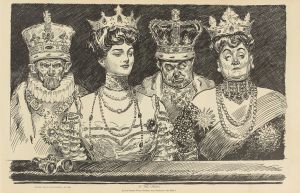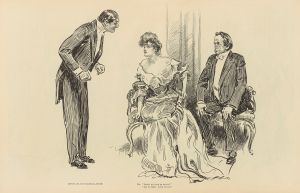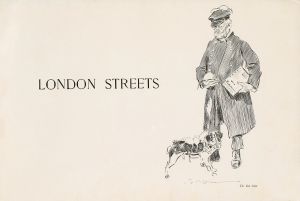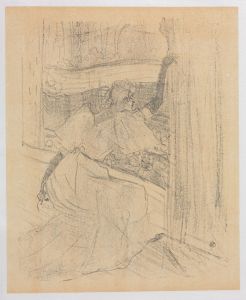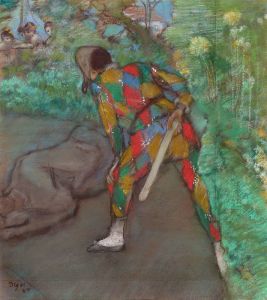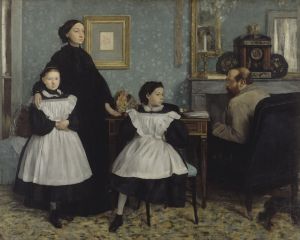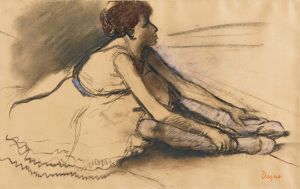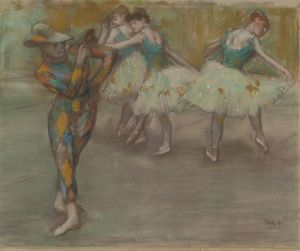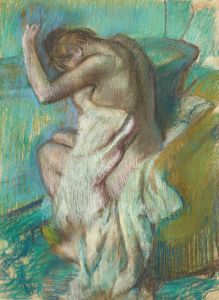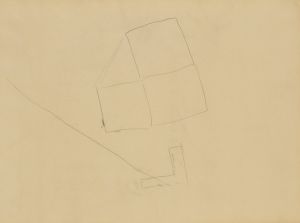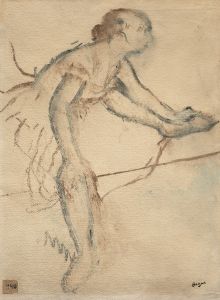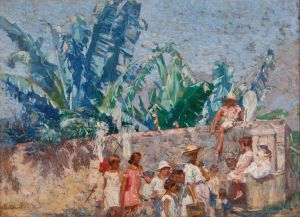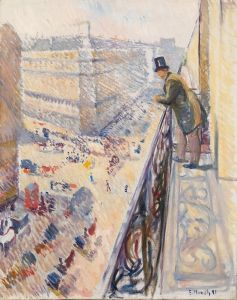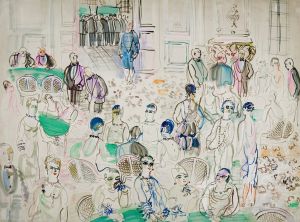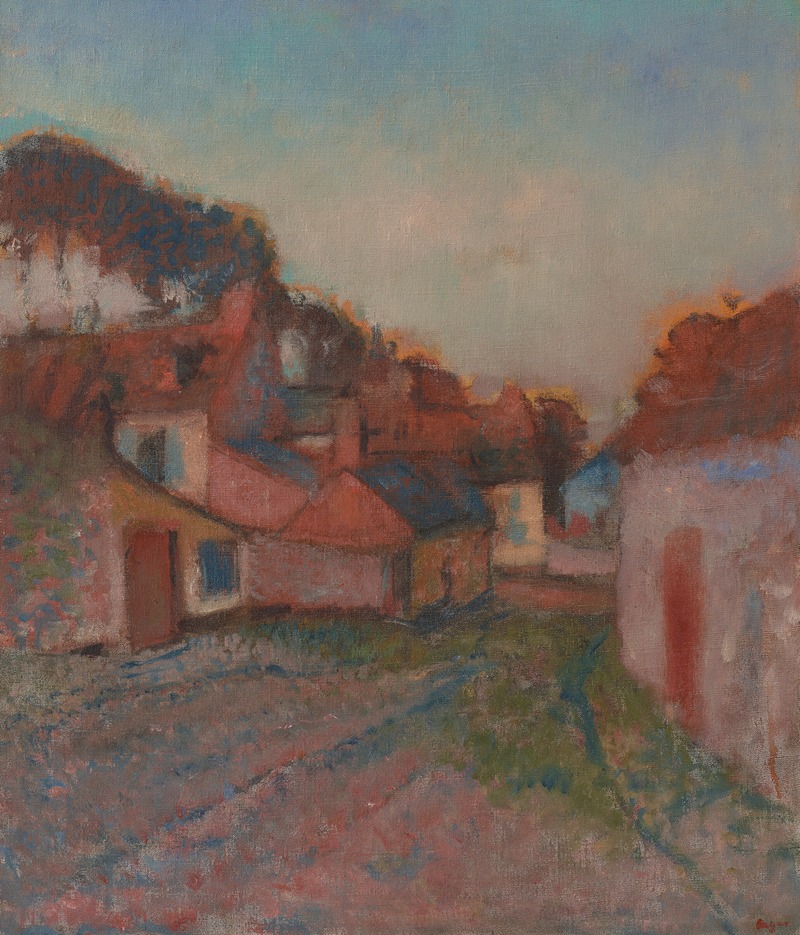
Rue de village
A hand-painted replica of Edgar Degas’s masterpiece Rue de village, meticulously crafted by professional artists to capture the true essence of the original. Each piece is created with museum-quality canvas and rare mineral pigments, carefully painted by experienced artists with delicate brushstrokes and rich, layered colors to perfectly recreate the texture of the original artwork. Unlike machine-printed reproductions, this hand-painted version brings the painting to life, infused with the artist’s emotions and skill in every stroke. Whether for personal collection or home decoration, it instantly elevates the artistic atmosphere of any space.
Edgar Degas, a prominent French artist associated with the Impressionist movement, is best known for his works depicting dancers, horse racing, and scenes of modern urban life. However, his oeuvre also includes a variety of landscapes and rural scenes, one of which is the painting Rue de village (Village Street). This artwork is a lesser-known piece within Degas's body of work and reflects his occasional exploration of rural themes.
Rue de village is believed to have been created in the late 1860s or early 1870s, a period when Degas was experimenting with different subjects and techniques. Unlike his more famous works that focus on the human figure, this painting depicts a quiet village street, capturing the simplicity and tranquility of rural life. The composition features a narrow, winding road flanked by modest houses, with a subdued color palette that emphasizes earthy tones. The scene is devoid of human activity, which is unusual for Degas, who often included figures in his works. This absence of people lends the painting a sense of stillness and introspection.
The painting showcases Degas's interest in light and atmosphere, as well as his ability to convey depth and texture through his brushwork. While Degas is not typically associated with landscapes, Rue de village demonstrates his versatility as an artist and his capacity to explore different genres. It also reflects the influence of earlier landscape painters, such as Camille Corot and the Barbizon School, whose works often depicted rural settings with a focus on mood and naturalism.
Rue de village is not as widely studied or exhibited as Degas's more iconic works, and detailed information about its provenance and current location is limited. It is known, however, that Degas occasionally painted landscapes during his travels in the French countryside, and this piece may have been inspired by one of those excursions. The painting is an example of Degas's ability to capture the essence of a place with subtlety and precision, even in a genre that was not his primary focus.
Due to the relative obscurity of Rue de village, it has not been the subject of extensive scholarly analysis. Nonetheless, it remains an interesting example of Degas's artistic range and his engagement with themes beyond the urban and the human figure.





